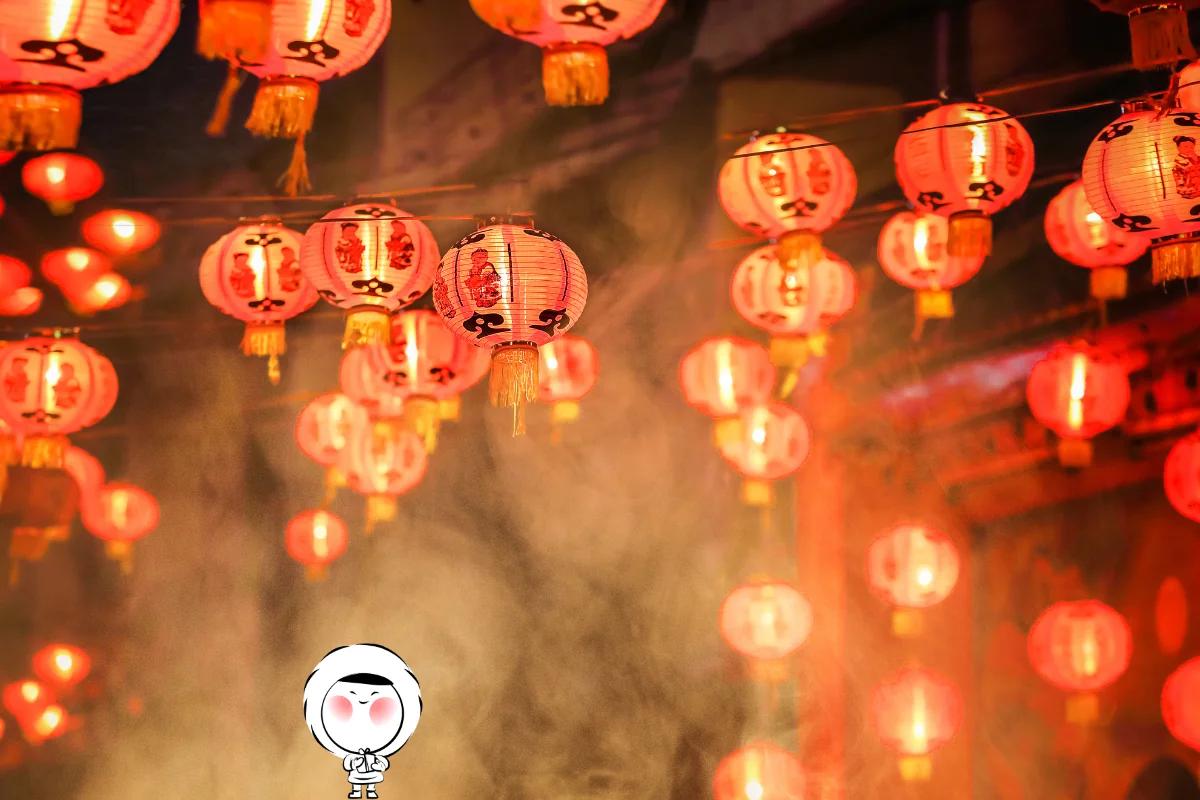
Matcha is now everywhere.
Originally from Japan and traditionally used in tea ceremonies, matcha has become popular in cafés all around the world. Because of its global demand, there was even a time when matcha supply in Japan became limited, causing prices to rise and exports to slow down. Today, matcha is not only used for lattes but also appears in many drinks and foods.
Here are 10 types of matcha products you can find when traveling in Japan.
1. Matcha Latte

A matcha latte is made by blending matcha powder with milk, creating a creamy and slightly bitter drink. The key to its smooth flavor lies in whisking the matcha properly so it dissolves evenly. It’s a perfect drink for people who want to enjoy the taste of green tea in a gentle and modern way.
2. Espresso Matcha Latte

This drink combines the rich taste of espresso with the earthy flavor of matcha. It’s often made by pouring a shot of espresso over a matcha latte, creating beautiful green and brown layers. The blend of caffeine from both ingredients makes it a popular choice among coffee lovers who want a twist.
3. Matcha Cake
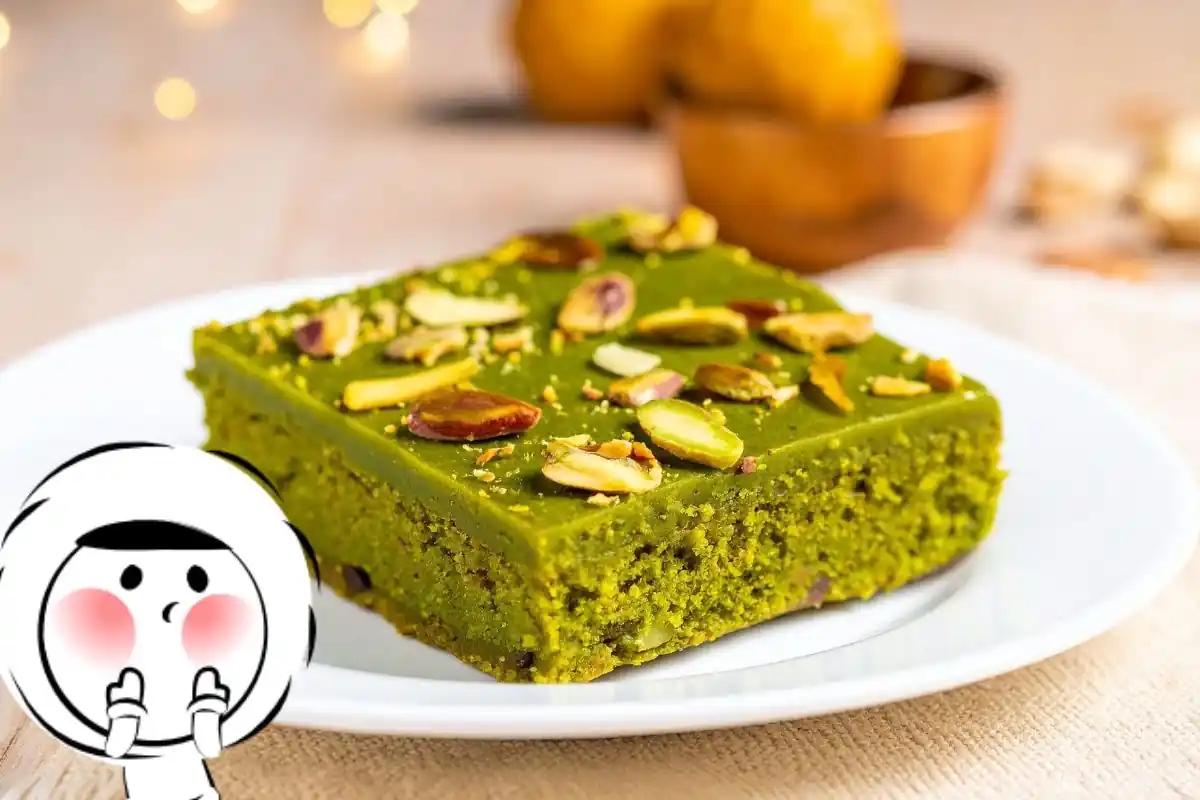
Matcha cake uses matcha powder in the batter, giving the sponge a natural green color and a delicate tea aroma. It’s less sweet than regular cakes, allowing the earthy matcha flavor to stand out. You can find it in many cafés and bakeries across Japan, often paired with whipped cream or red bean paste.
4. Chocolate Matcha
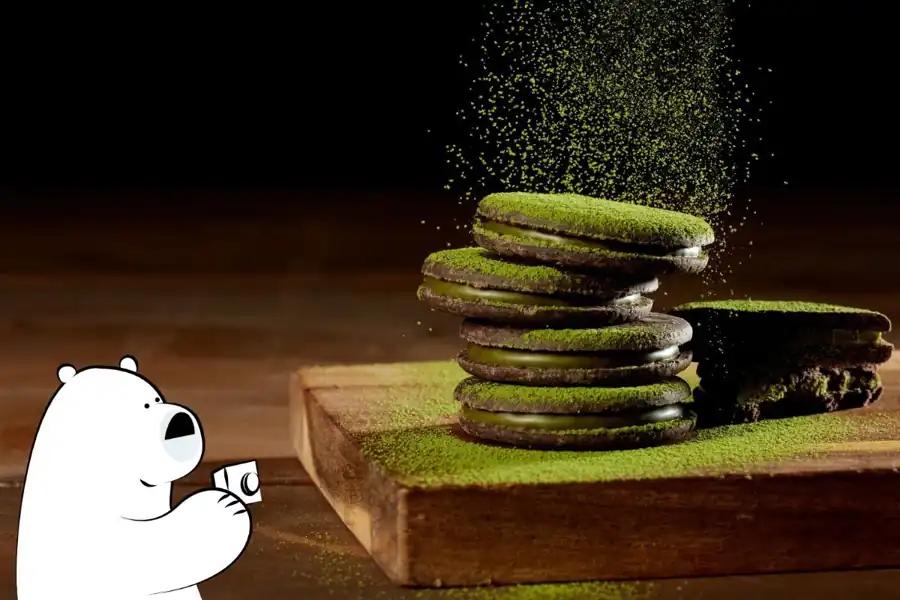
Chocolate matcha combines the sweetness of white or milk chocolate with the bitterness of matcha. The two flavors balance each other perfectly, creating a rich and unique taste. It’s often made by mixing matcha powder directly into melted chocolate before molding.
5. Matcha Ice Cream
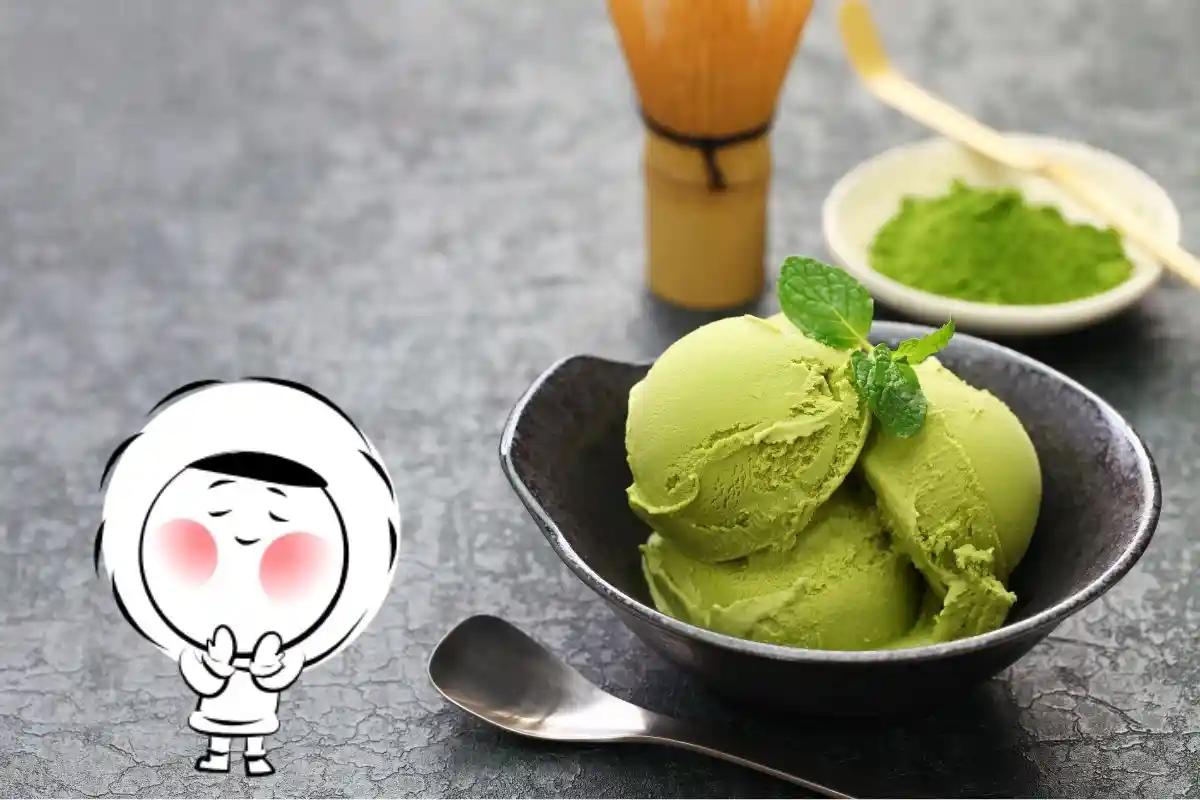
Matcha ice cream is one of Japan’s most loved desserts and a must-try for visitors. It’s made by blending matcha powder with milk, cream, and sugar, then churning it into smooth ice cream. The slightly bitter flavor of matcha pairs beautifully with the sweetness of the ice cream base.
6. Matcha KitKat

This is one of Japan’s most famous souvenirs, featuring the classic KitKat covered in green tea chocolate. It was first introduced in Japan and quickly became popular worldwide for its unique flavor. The matcha powder used is often from Uji, Kyoto, one of Japan’s most famous tea regions.
7. Matcha Mochi
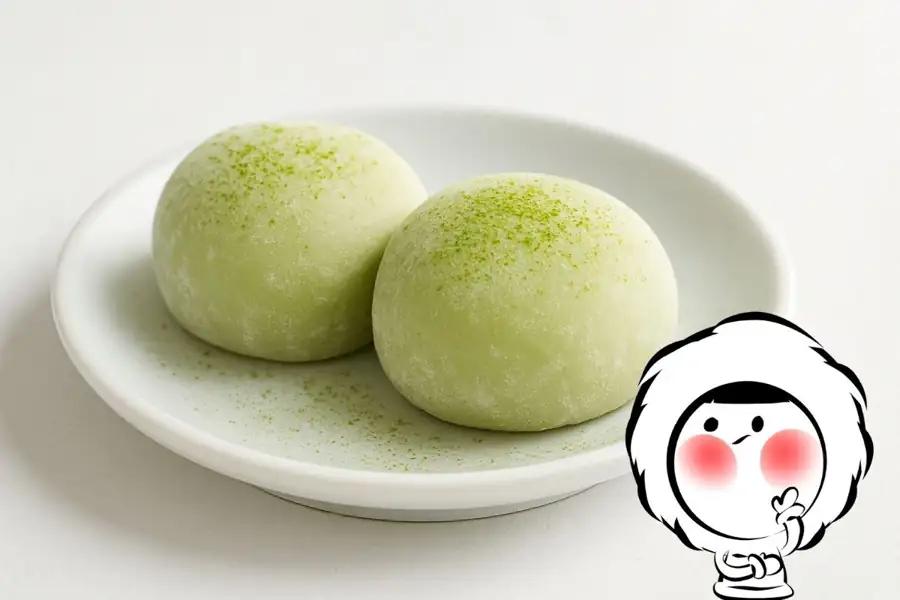
Matcha mochi is made from glutinous rice flour filled or dusted with matcha. It has a chewy texture and a gentle bitterness from the green tea coating. Some versions also include red bean paste or matcha cream inside for extra flavor.
8. Matcha Parfait

A matcha parfait layers ice cream, whipped cream, cornflakes, red bean paste, and mochi balls in a tall glass. The combination of textures makes it one of Japan’s most photogenic desserts. It’s especially popular in Kyoto cafés, where high-quality matcha is used for an authentic taste.
9. Matcha Cookies

Matcha cookies are baked with matcha powder mixed into the dough, giving them a bright green color. They can be crispy or soft, and often include white chocolate chips to balance the bitterness. Their aroma and flavor make them a favorite souvenir for tourists.
10. Matcha Pudding

Matcha pudding is a creamy dessert similar to custard, made with milk, sugar, eggs, and matcha powder. The taste is smooth, mildly sweet, and slightly earthy from the green tea. It’s usually chilled and served in small glass cups, perfect for a refreshing dessert in any season.
Find Matcha with Eskimo eSIM’s Help
When you travel in Japan, you will definitely want to find places that sell the 10 types of matcha mentioned above. If you ask your hotel reception, they might not always know where to find them. You will need help from Google Maps to search for these spots and get directions.
However, Google Maps is difficult to use without an internet connection, and that is where Eskimo eSIM comes in to help. Eskimo eSIM Japan data plan starts from only $2.5 per GB and provides 5G coverage across the country. Once your eSIM is set up, you are ready to go matcha hunting!
FAQs
What makes Japanese matcha different from regular green tea?
Japanese matcha is made by grinding specially grown and shaded tea leaves into a fine powder, which is then whisked directly into water. Unlike regular green tea, where the leaves are steeped and removed, matcha allows you to consume the entire leaf, giving it a stronger flavor and more nutrients.
Where can travelers buy authentic matcha products in Japan?
Authentic matcha products can be found in specialty tea shops, department store food halls, and local cafés.
Is matcha healthy to drink every day?
Yes, matcha contains antioxidants, vitamins, and amino acids that can support focus and energy. However, it also contains caffeine, so moderate consumption is recommended, especially for those sensitive to caffeine.
How should matcha be stored to maintain its freshness?
Matcha should be kept in an airtight container, away from light, moisture, and strong odors.
Can people who do not like bitter flavors still enjoy matcha?
Absolutely. Many matcha-based drinks and desserts are sweetened or blended with milk, chocolate, or cream to balance the bitterness.







